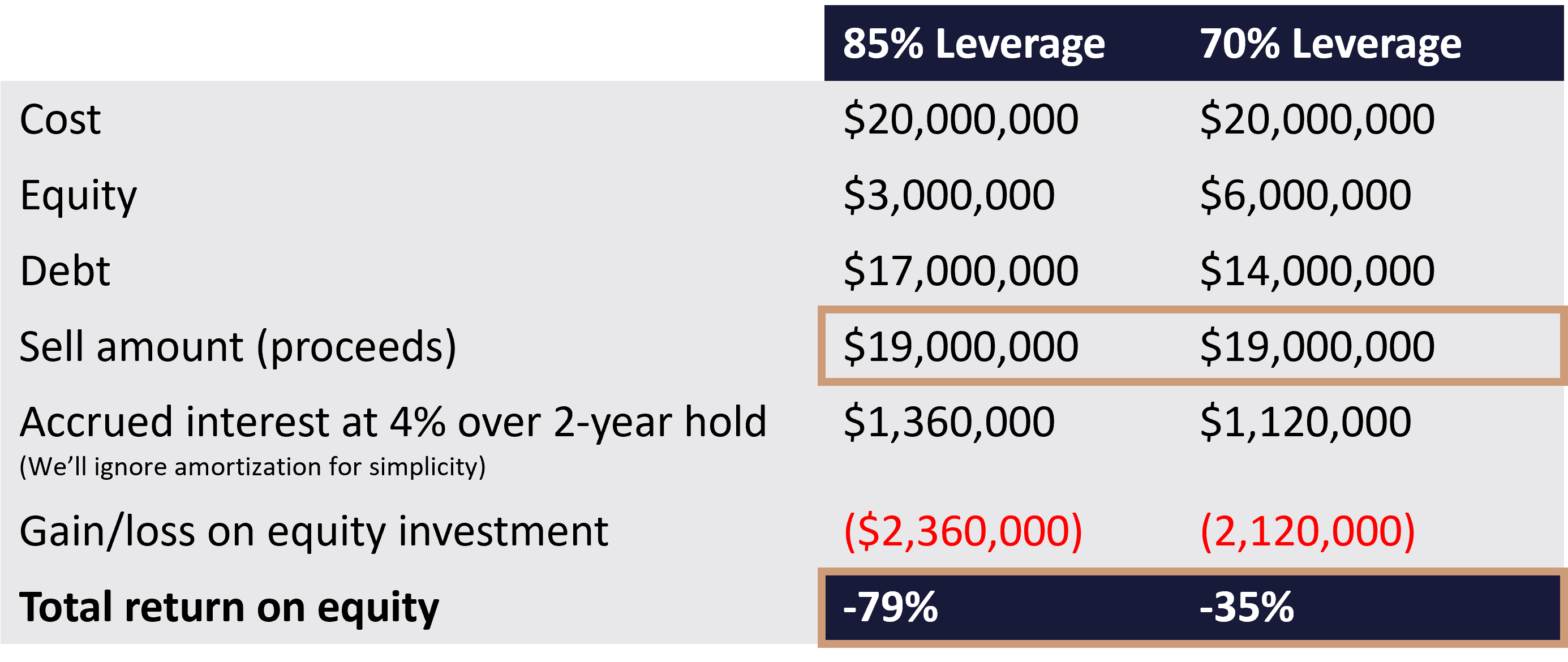Beyond the hold term and financing structure, several sponsor-defined deal terms directly impact LP returns.
Preferred Return
A preferred return is a threshold return that LPs are entitled to receive before the General Partner (GP) participates in the profits. This term ensures that LPs receive a minimum return, assuming the property performs to a certain level.
Waterfall Structure
The waterfall structure outlines how cash flow is distributed among investors after the preferred return is met. It defines the split of profits between LPs and the GP at various performance benchmarks, impacting the LPs' share of the upside.
Fees
Fees charged by the sponsor, including acquisition, asset management, and property management fees, can also significantly impact LP returns. Higher fees reduce the net income available for distribution, affecting overall profitability.
Limited partner returns a real estate syndication are directly tied to the deal terms. Understanding the nuances of the hold term, financing terms, and specific sponsor-defined terms is crucial for LPs to make informed investment decisions. By carefully evaluating how these factors influence the risk and return profile, LPs can better align their investments with their financial goals, ultimately enhancing their chances of achieving successful outcomes.
.webp)
.svg)
.svg)
.svg)






.png)



.webp)
.svg)
.svg)
.svg)
.svg)
.svg)
.svg)
.svg)
.svg)
.svg)